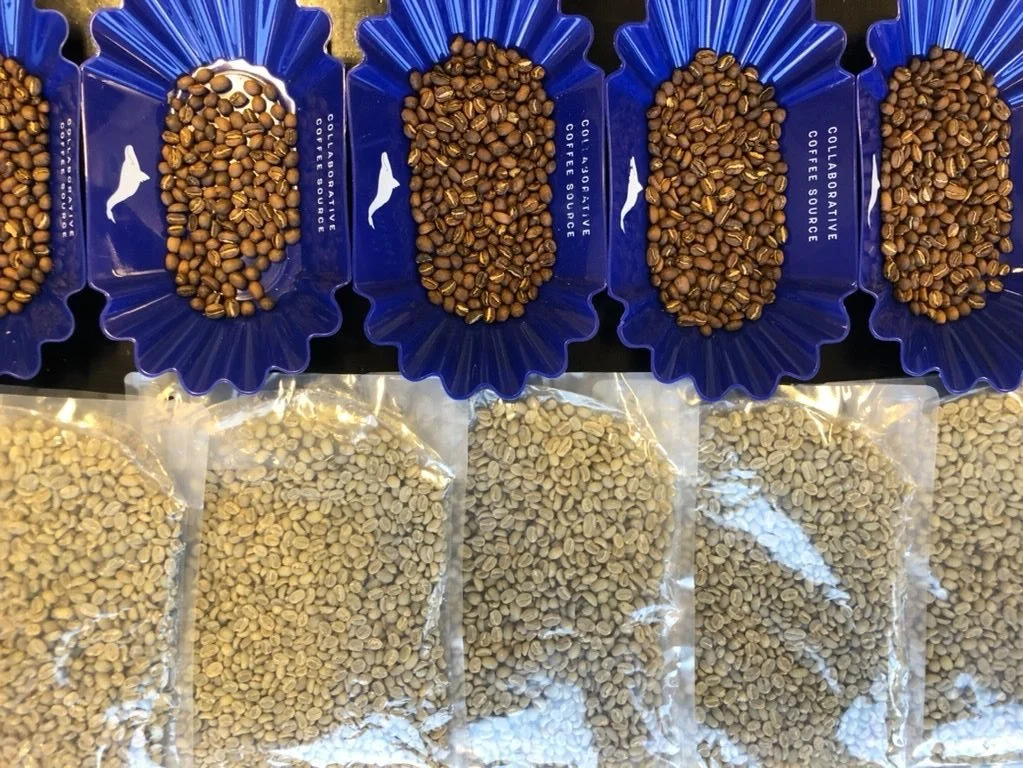Elida’s lots, both washed and natural, are generally cupping great, with scores ranging from 86 to 89 points (the family might have scored them higher). There were only a few scoring a disappointing 84 points and then the family knew something had gone wrong, whether in the drying or in the roasting. There were also cups that were (un)questionably winey, but then again, these are spot-on for other buyers’ preferences. So it goes.
Like those winey flavors in your naturals and want more? You’ve got it! The Elida approach to servicing a market, by designing flavor, is something we are seeing in other places in the coffee world too. Wilford is adamant about this approach being a pragmatic one. From his perspective as a craftsman, the ‘secret’ lies in the drying of naturals. For those that want a cleaner cup with less mature-fruit driven flavors, he will suggest a faster dried coffee cherry: one dried on a hotter surface; using thinner layers; with more sun exposure and more raking; over 5-7 days. Done! For a fruitier cup for other markets, he will deliberately do a slower drying by using raised African beds, thicker layers, less shade or less direct sunlight, turning just once a day, with a two-week drying time, or more.
Pricing
Beyond the yearly ritual of cupping with Rachel (at Esmeralda) and Wilford & Wilford Jr. (at Elida), I learned a few things about how Boquete producers strategize their production and sales, even designing profiles of their lots to meet various markets. It has been evident for years that Boquete is the home of Geisha in quite literal, as well as statistical senses. There is a tremendous amount of Geisha plants being grown, whether it’s the re-planting of existing farm land, or new plantings. The Lamastus' farms alone will plant 45,000+ trees this year, which is on par with their growth last year. Given the time it takes to see any noticeable harvest, production levels aren’t going to explode any time soon.
The Petersons, easily already the biggest Geisha farmers in this community, continue to buy land and grow trees at a formidable rate. They do so in no rush and with no cutting of corners. The family work with coffee based on solid investments and farm work. I often think that we owe a great deal of gratitude to the fact that it was this family, and this community, that discovered Geisha. Had it been somebody else, what would they have done? Would the field have advanced to where it is today?











